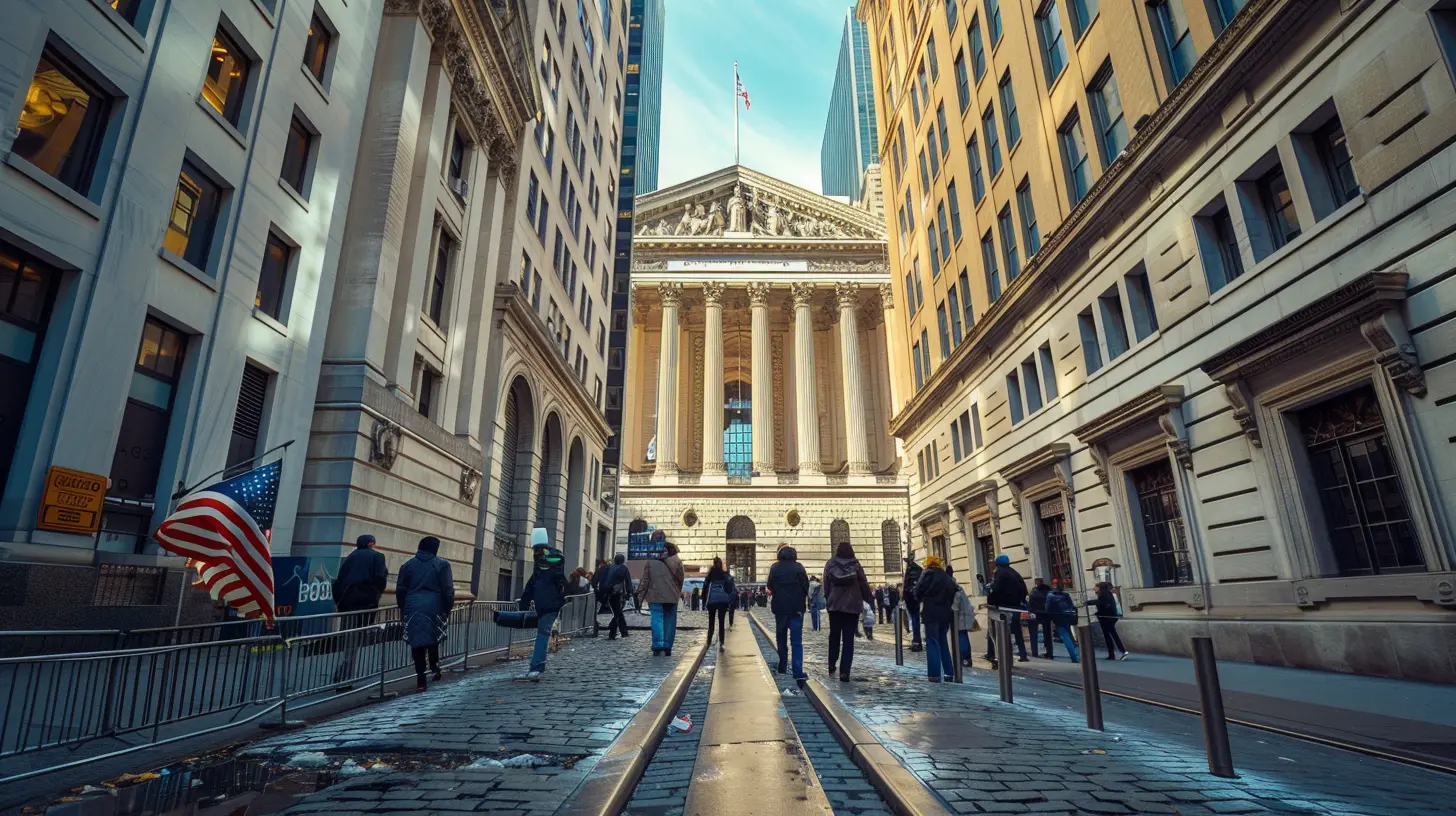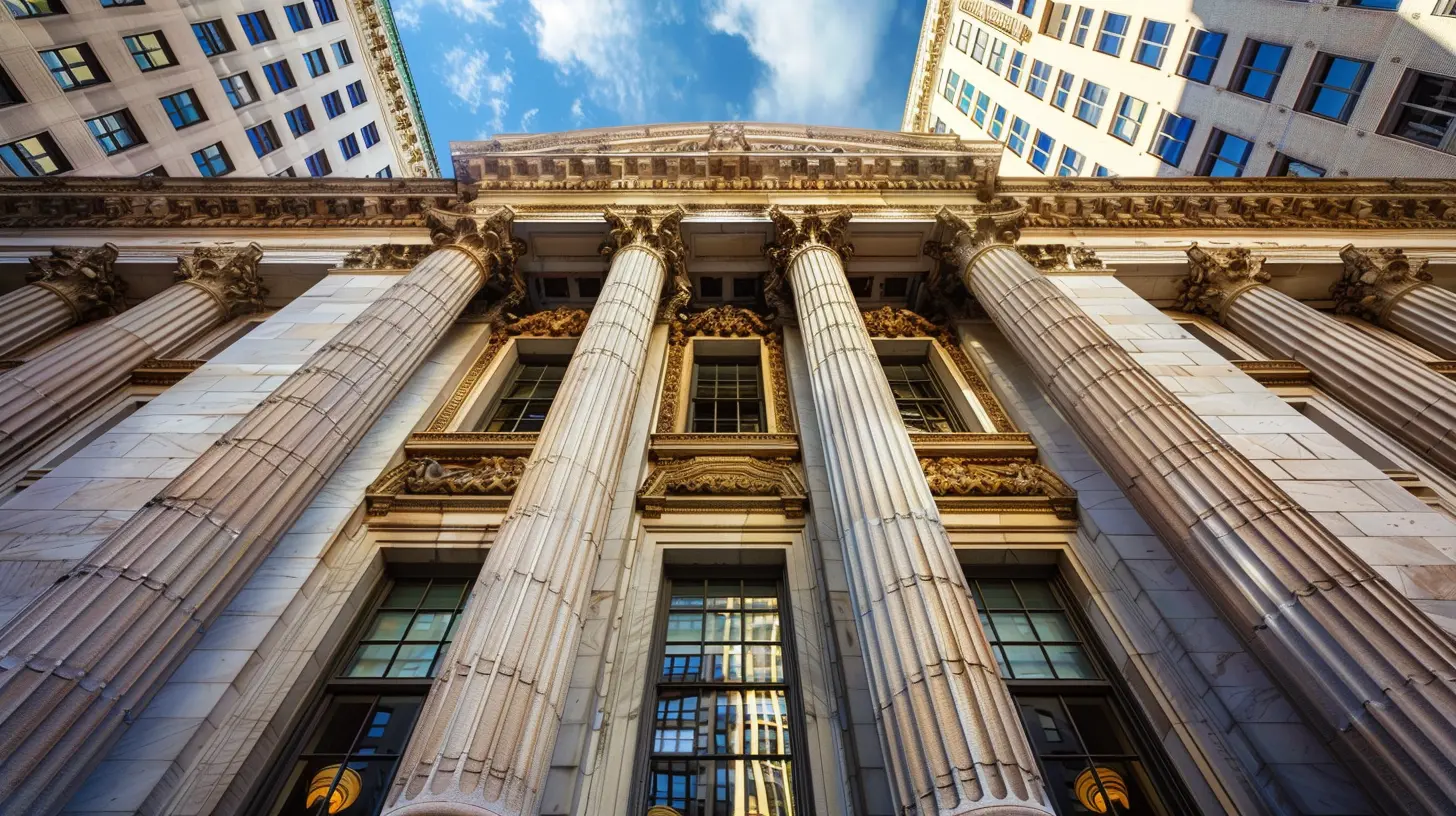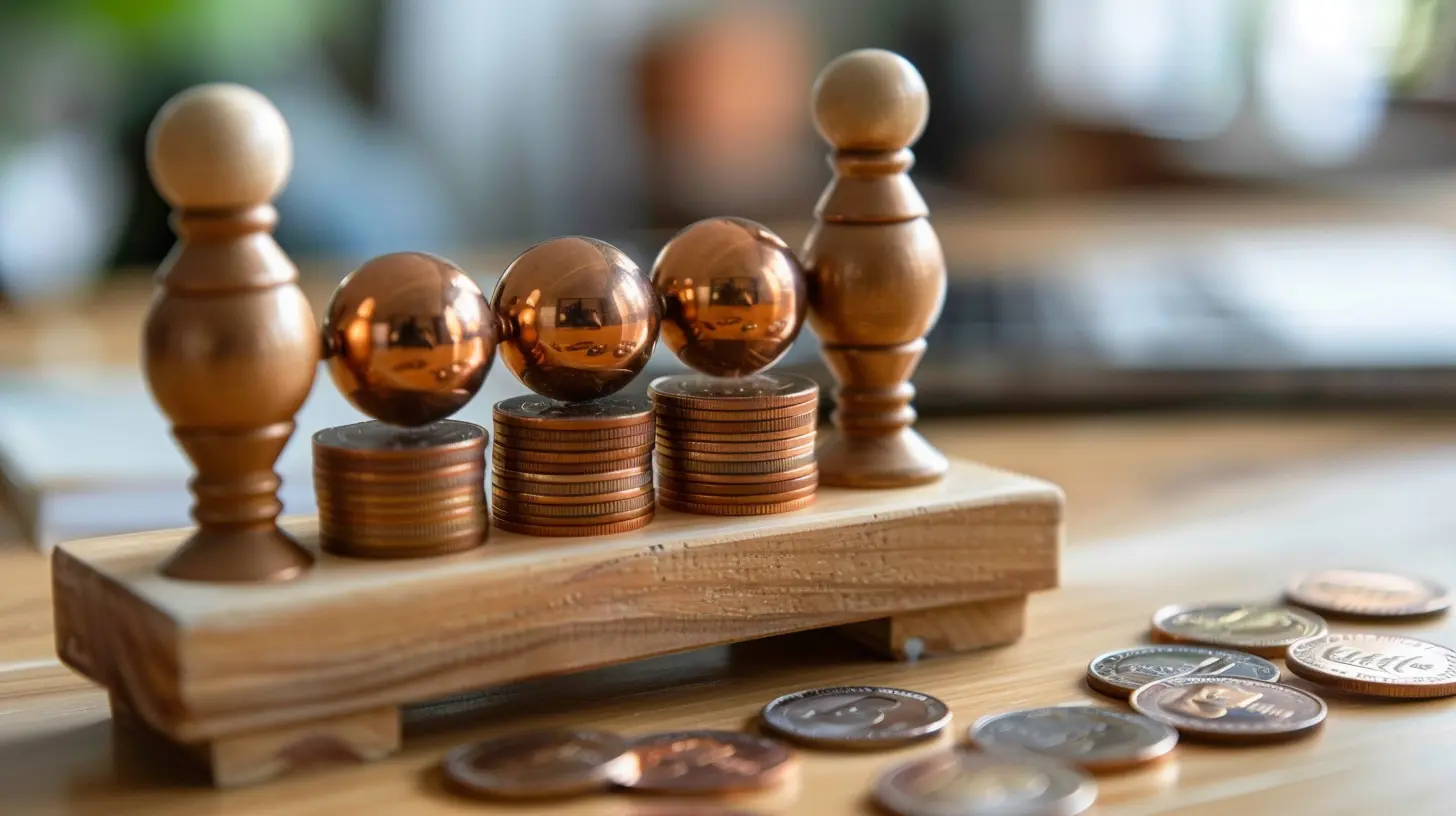When and Why the Federal Reserve Adjusts Interest Rates
31 July 2025
When you hear about interest rates going up or down, your first thought might be, "Why should I care?" But here’s the thing: those changes can affect everything—from your mortgage payments to your job security. Let's break down this financial mystery together and get to the heart of when and why the Federal Reserve adjusts interest rates. No jargon, no fluff—just the real story behind the rates that shape our economy.
What Is the Federal Reserve Anyway?
Alright, before we dive into the why, let’s get clear on the who. The Federal Reserve, often called the Fed, is basically the central bank of the United States. Think of it like the quarterback of the financial team—calling big plays that influence the entire economy.So, what’s on their playbook? Well, their main job is to keep the economy steady. They’re tasked with three big goals:
1. Keep prices stable (aka control inflation)
2. Make sure as many people as possible are employed
3. Keep the financial system running smoothly
And one of their most powerful tools to achieve all this? You guessed it—adjusting interest rates.
What Are Interest Rates, Really?
Okay, let’s imagine for a second that interest rates are like the speed limit of the economy.- Low rates = the Fed wants you to speed up (borrow more, spend more, invest more)
- High rates = they want everyone to pump the brakes (slow down spending and borrowing)
In technical terms, the interest rate we usually hear about is the federal funds rate. That’s the rate banks charge each other to borrow money overnight. It might sound like insider baseball, but this rate actually influences a bunch of other rates—like the one on your credit card, car loan, or mortgage.
Why Does the Fed Raise or Lower Rates?
Here's where things get juicy. The Fed doesn’t just flip a coin to decide whether to raise or cut rates. Each adjustment is a strategic move with ripple effects across the economy. Let’s explore the two main reasons they change rates.1. To Fight Inflation
Ever been shocked at the price of groceries or gas? That’s inflation in action. It happens when prices go up over time, and if it gets out of control, it can really hurt consumers and businesses alike.When inflation starts to rise too fast, the Fed steps in and raises interest rates. Why? Because higher rates make borrowing more expensive, which slows down consumer spending and business investments. Less demand = lower pressure on prices.
Think of it as turning down the heat on a boiling pot before it overflows.
2. To Stimulate Economic Growth
On the flip side, when the economy’s in a slump (like during a recession), the Fed may lower interest rates to give it a jumpstart. Lower rates make it cheaper to borrow money, encouraging people to buy homes, start businesses, and spend more. More spending = more jobs and income.It’s like giving the economy a shot of espresso when it’s feeling sluggish.
What Triggers a Rate Change?
You might be wondering, “So how does the Fed know when to make a move?” Great question. They don’t go on gut feelings—they rely on real data and trends. Here's what they watch like a hawk:Inflation Data
This is the big one. The Fed’s target inflation rate is about 2% per year. If inflation starts rising above that, get ready for potential rate hikes.Employment Numbers
They also want to make sure people have jobs. If unemployment is high, they might lower rates to boost hiring. But if the job market is too hot, that can fuel inflation—so it’s a delicate balance.GDP Growth
Gross Domestic Product (GDP) measures the overall health of the economy. Sluggish GDP growth? That could prompt a rate cut. Rapid growth? Could lead to a rate increase.Global Events
Sometimes, stuff happens that shakes up the world—like pandemics, wars, or financial crises. In those moments, the Fed might adjust rates to stabilize the U.S. economy.How Do Rate Changes Affect You?
Okay, so now you know why the Fed changes rates. But how does that affect you directly? Let’s zoom in on some real-life impacts.Borrowing Costs
This is probably the most immediate effect. When rates go up, borrowing gets more expensive. That means:- Higher mortgage rates
- Increased credit card interest
- More costly car loans or student loans
On the flip side, when rates go down, borrowing gets cheaper—a big win if you're looking to buy a home or refinance debt.
Saving Money
Interest rates also affect your savings. Higher rates = better returns on savings accounts and CDs. So, if you’re a saver, those hikes might be good news.Investments
Rate hikes can spook the stock market since higher rates often mean lower corporate profits. But bonds? They might become more attractive.When rates drop, stocks can rally because of cheaper borrowing. But savers? They earn less on their deposits.
So yeah, it’s a bit of a balancing act depending on where your money’s parked.
Jobs and Income
This one’s more indirect but super important. When rates go down and businesses start borrowing and expanding, that can lead to more job opportunities and higher wages. If rates climb too high, though, businesses might freeze hiring—or worse, start layoffs.How Often Does the Fed Adjust Rates?
The Fed holds eight scheduled meetings each year, and those meetings are where big decisions go down. But they can also call emergency meetings if needed.Here’s the thing—they don’t often make drastic moves. Usually, they’ll raise or lower rates in quarter-point increments (0.25%). That way, they can test the waters without shocking the economy.
And every decision is followed by a press conference where they explain why they made that move. Transparency is key.
Why the Fed Sometimes Gets It Wrong
Let’s be honest—the Fed isn’t perfect. Sometimes, they raise rates too fast and cool the economy too much, pushing us toward a recession. Other times, they might keep rates too low for too long, letting inflation run wild.It’s like adjusting a thermostat in a huge building. Set it too high, and people are sweating. Set it too low, and they’re freezing. The trick is finding that sweet spot—which isn’t always easy when the economy is constantly changing.
What You Can Do About Rate Changes
Okay, now you’re thinking, “This is all great, but what can I do about interest rates?” While you can’t control the Fed, you can control how you respond:- Refinance when rates drop: Lower your mortgage or student loan payments
- Lock in variable rates: Convert to fixed rates before hikes hit
- Boost your savings: Take advantage of higher interest rates on savings accounts
- Invest wisely: Diversify your portfolio to hedge against rate volatility
- Watch your credit: The better your credit score, the better your loan terms—regardless of the Fed
Being proactive instead of reactive can save you thousands over time.
Final Thoughts: Stay in the Know
So, there you have it—the inside scoop on when and why the Federal Reserve adjusts interest rates. It’s not just some abstract policy decision made in a faraway boardroom. It’s a powerful tool that touches nearly every aspect of our lives.Understanding how it works gives you a major edge. You’ll be better equipped to manage your finances, make smarter investment decisions, and plan for your future—no matter what direction the economy turns.
And hey, the next time someone brings up "the Fed," you’ll be the smartest one in the room.
all images in this post were generated using AI tools
Category:
Interest RatesAuthor:

Yasmin McGee
Discussion
rate this article
1 comments
Reina Conrad
The Federal Reserve adjusts interest rates primarily to manage inflation and stabilize the economy, influencing borrowing costs and consumer spending to promote economic growth.
August 25, 2025 at 2:25 AM

Yasmin McGee
Thank you for your insightful comment! You've captured the essence of the Federal Reserve's role in managing the economy through interest rate adjustments.


